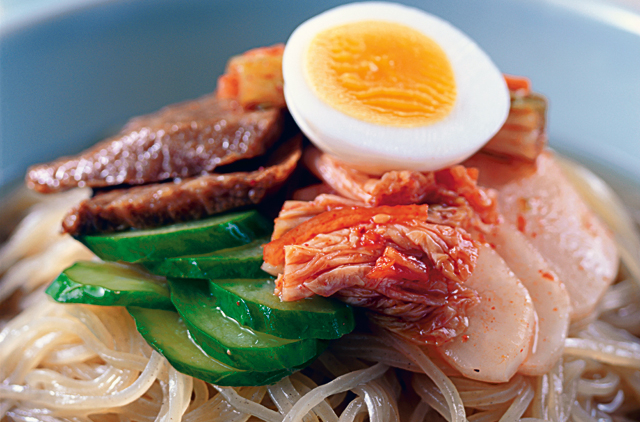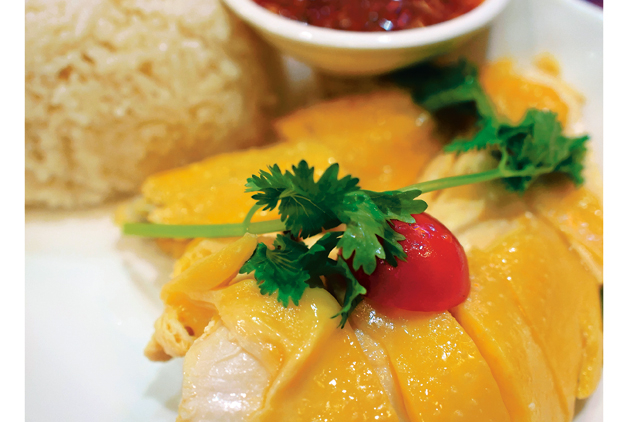
Kopitiam is an amalgamation of two languages, two cultures and two concepts. Combining the Portuguese-Malay word for coffee and the Chinese-Hokkien word for stall, kopitiams can also be deemed a union of the Singaporean vernacular for coffee (kopi) and tea (teh).
And then it is not just a place that serves hot and cold drinks, but one that also provides sustenance and solace. Dotted across the country — in residential, commercial and industrial districts — Singapore has over 2,000 kopitiams. Their size, structure and nature run the gamut of stand-alone units, clusters of stalls, quasi food courts, and chains run by large franchisers.
Typically though, they sport similar appearance and signage, and feature a combination of standard fare and signature classics. What is considered standard in a Singaporean kopitiam can form the subject of many a ‘kopi talk', but without exception, there is always a wide selection of beverages, foods often associated with breakfast, and dishes from Malay and Chinese origins.
Seemingly simple snacks
Apart from the omnipresent coffee and tea — and innumerable permutations thereof — most menus feature seemingly simplistic snacks centred around eggs, toast, noodles,Milo, kaya, and roti.
The popular brand of malt chocolate makes for such kopitiam favourites as Dinosaur — Milo served with a large dose of extra Milo powder, and Tak Giu Peng — Milo on ice.
Kaya, a concoction of eggs, sugar and coconut milk, is a cross between jam and custard. Lore has it that the Chinese who worked on British ships found many ingredients unavailable when they settled in Singapore and Malaysia, and simply replaced some of them with ingenious local substitutes.
Variations include Kaya Toast, Fancy Kaya, pandan-flavoured green Nonya Kaya, and caramelised brown Hainan Kaya. Singapore's Yakun Kaya Toast and Killiney Kopitiam chains specialise in kaya dishes.
At more traditional kopitiams, an array of hot delicacies pay homage to Malay and Chinese cuisines. Char Kway Teow is flat rice noodles fried with eggs and almost anything else. Hokkien Mee are Chinese Fujian noodles featuring eggs and seafood. Nasi Lemak is coconut flavoured rice with an array of accompaniments.
And Mee Rebus is boiled noodles dished up with gravy and garnishes. And Hainanese Chicken Rice comes with an eating vocabulary all its own.
For a taste of the audacious, some of Singapore's kopitiams serve the Michael Jackson — a mixture of monochrome soya bean paste and glass jelly. A more diligent hunt may lead to Kopi Luwak — expensive coffee made from beans which are ingested and partly digested by the Asian Palm Civet. That in itself is enough to generate a whole other discussion of kopi talk.
Takeout in the UAE
The lion city's magical food will come to Dubai later this year as part of Singapore Takeout, an innovative pop-up restaurant concept aimed at presenting the island as a centre of culinary excellence. Housed in a shipping container, it will transform to reveal live culinary exhibitions by celebrity chefs.
The move is part of a series of events under the Singapore International Culinary Exchange. "We look forward to [creating] menus that blend the rich multi-cultural heritage of the two countries into a novel food experience," said Jason Ong, Area Director for Middle East and Africa at the Singapore Tourism Board.





